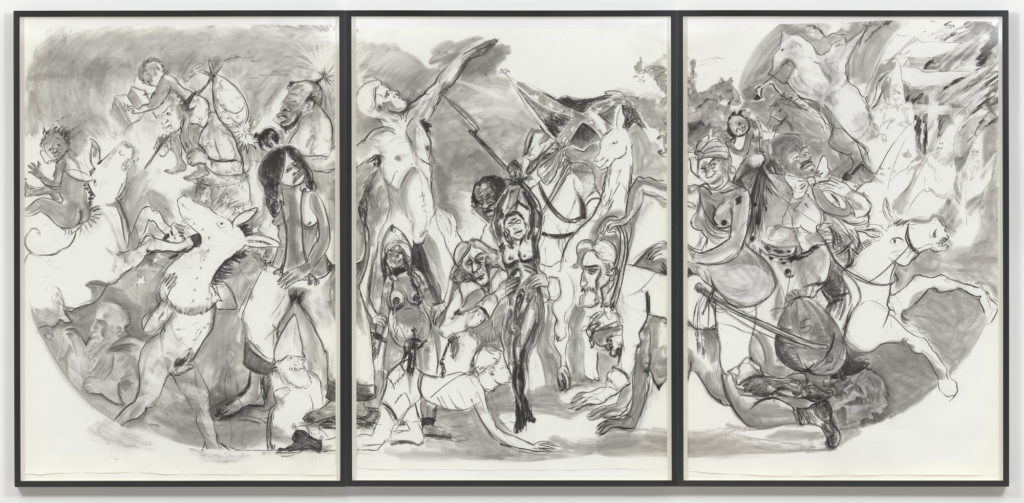
Kara Walker, 40 Acres of Mules
In the lead up to and following the release of the videos of the brutal murder of 29-year-old, 140-pound, skateboard- and sunset-loving, loving father and son, Tyre Nichols, killed by at least five Memphis police officers for the crime of Being Black, people from the President of the United States to Mr. Nichols’ family have called on people to engage in `peaceful protest’. While they called for a quick and just response to the violence, while they called for local and national legislation, they did not call on the police to be `peaceful’ as well. Why? Because in this nation, and historically, a peaceful police force is unimaginable. That is all.
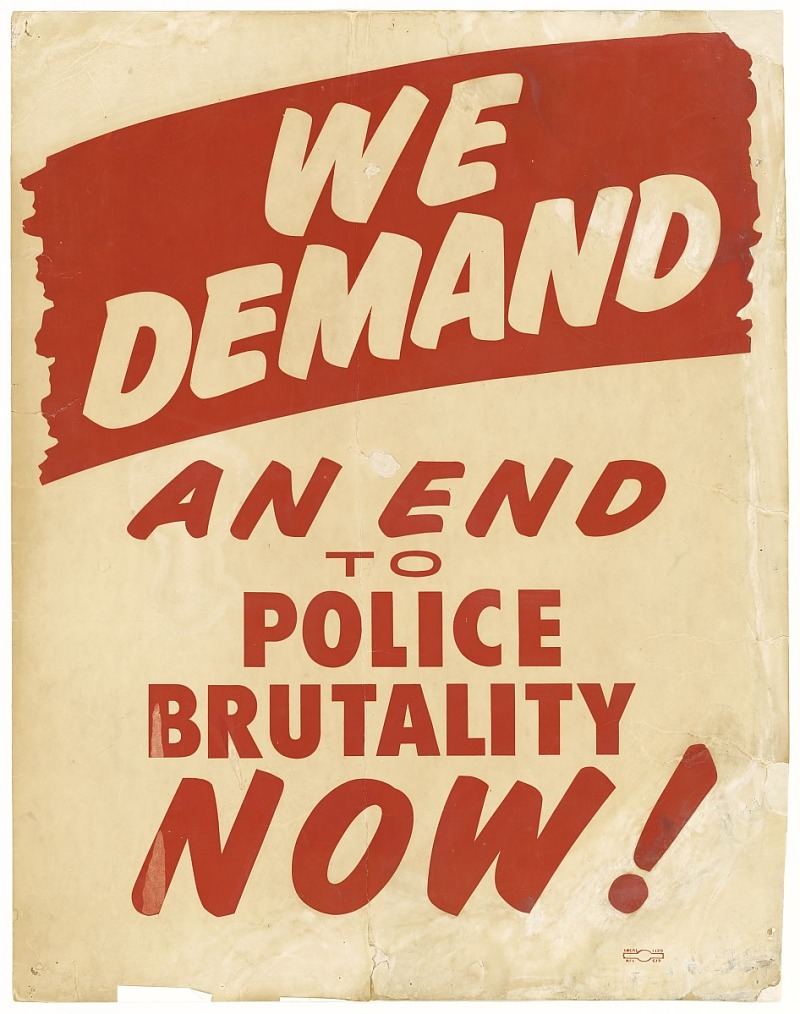
March on Washington for Jobs and Freedom, American, August 1963, 60 years ago
(By Dan Moshenberg)
(Image Credit 1: Kara Walker, 40 Acres of Mules / Museum of Modern Art)
(Image Credit 2: Smithsonian National Museum of African American History and Culture)

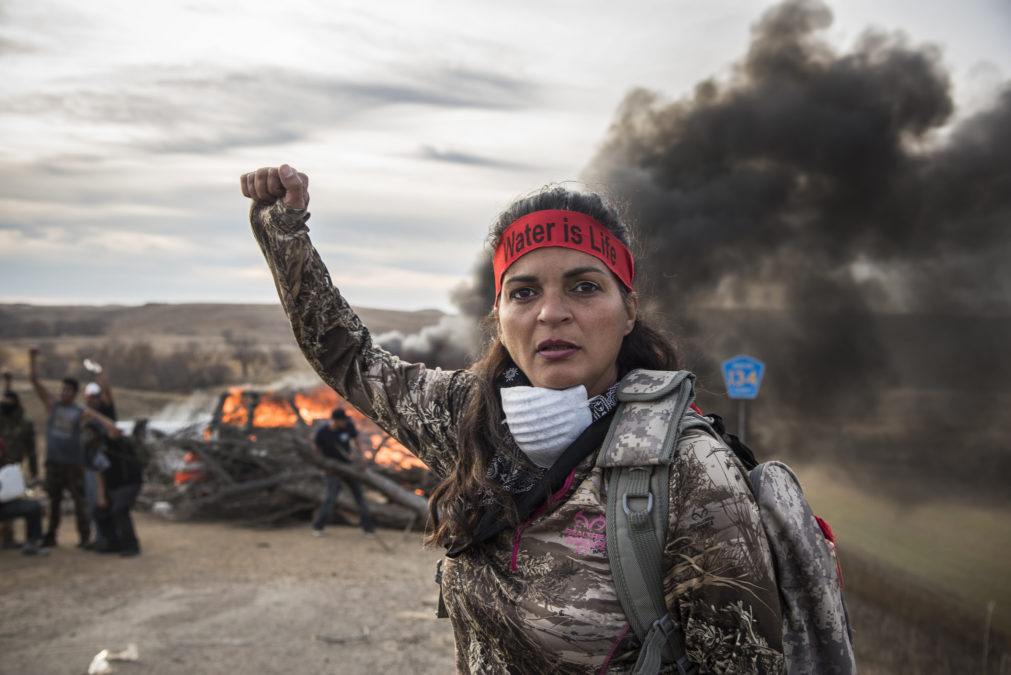
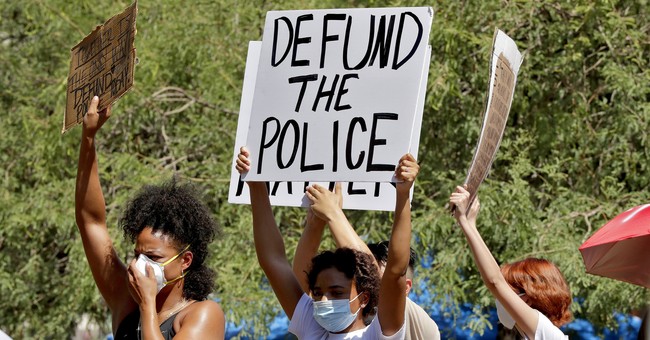


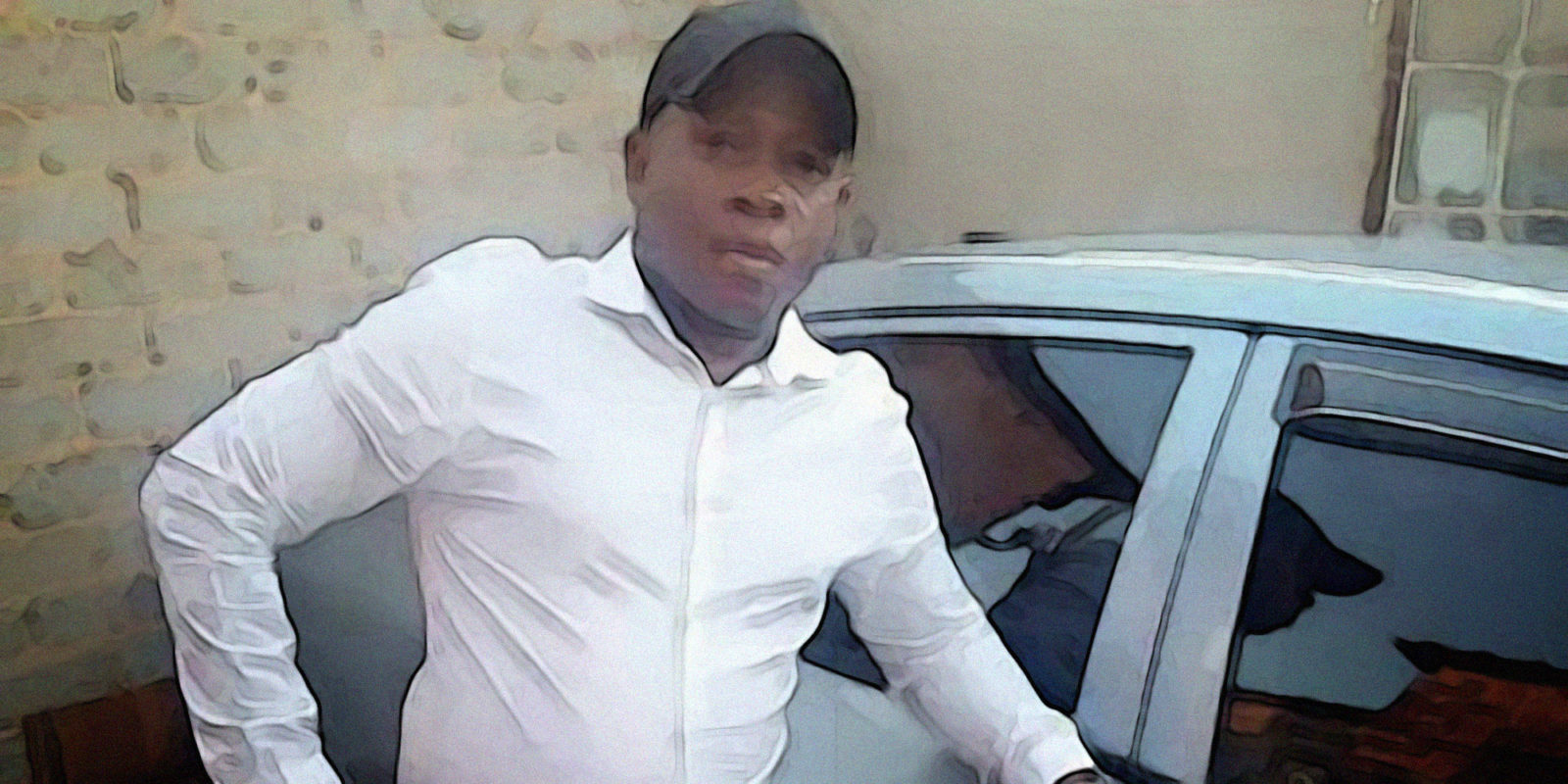

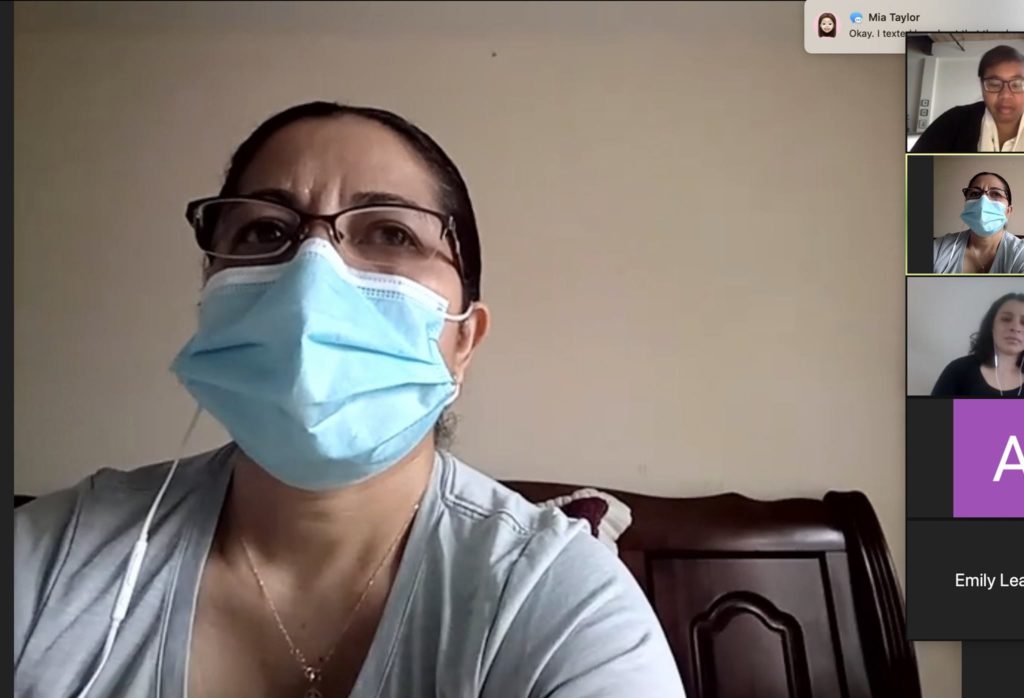
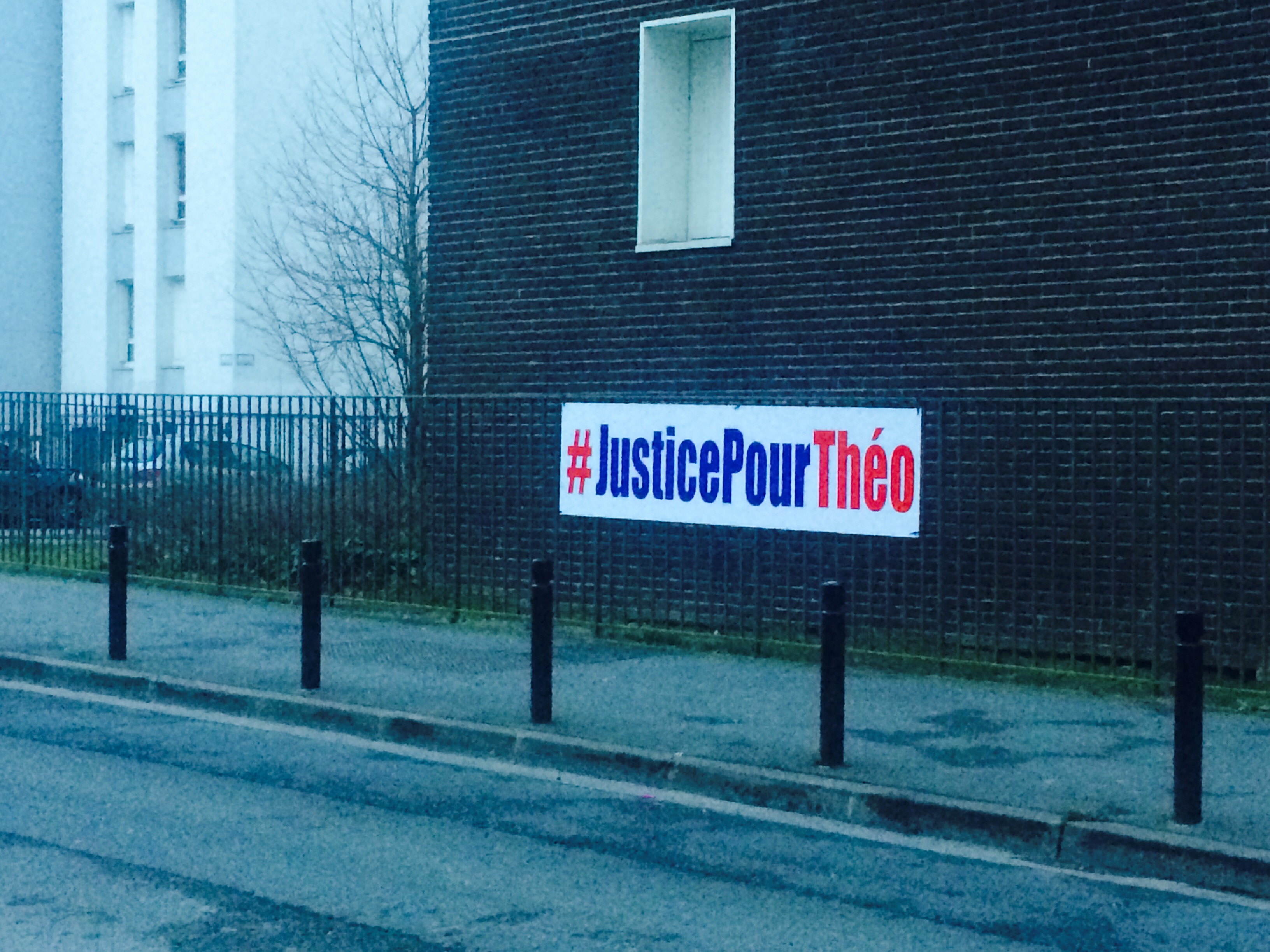
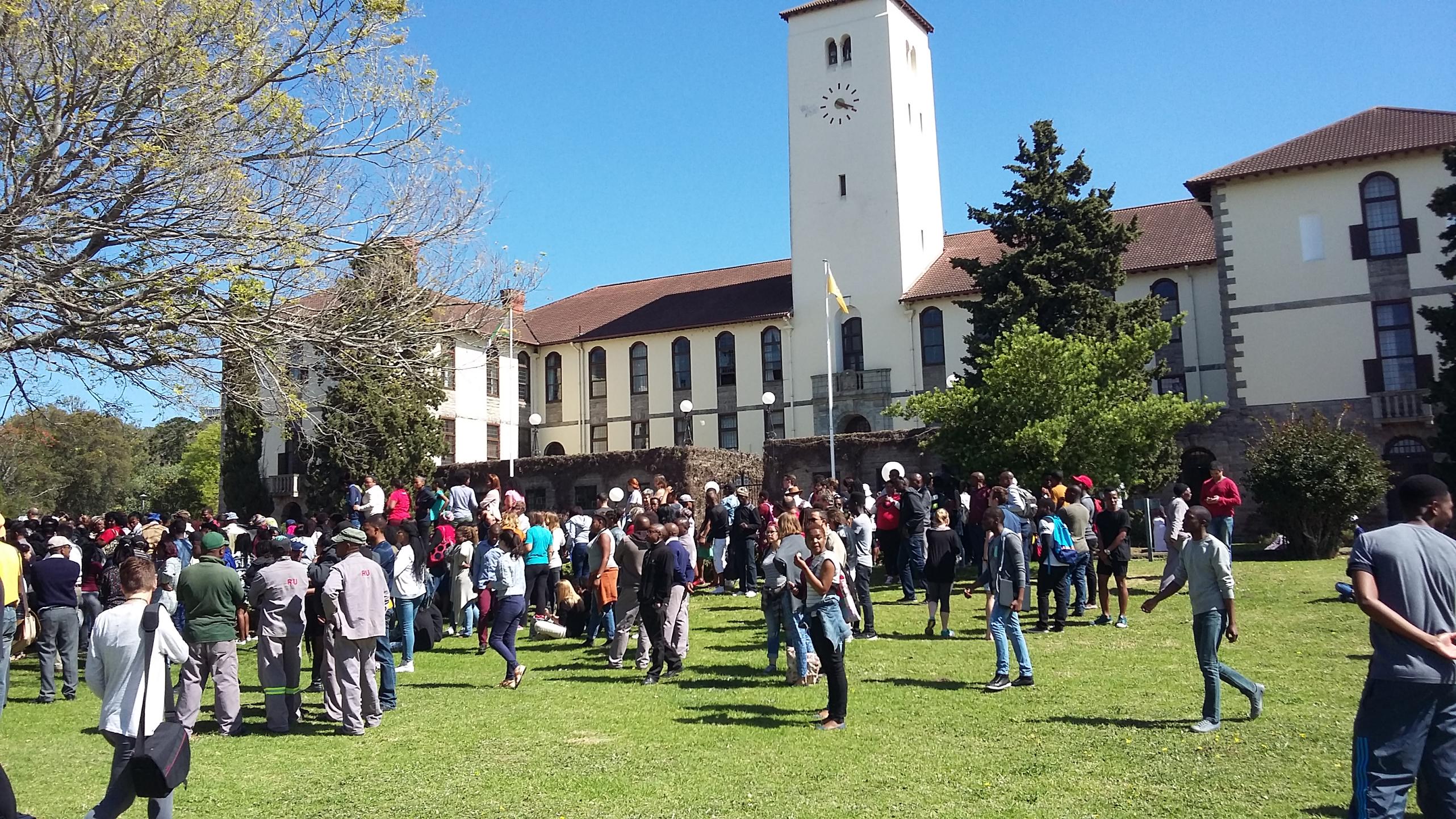
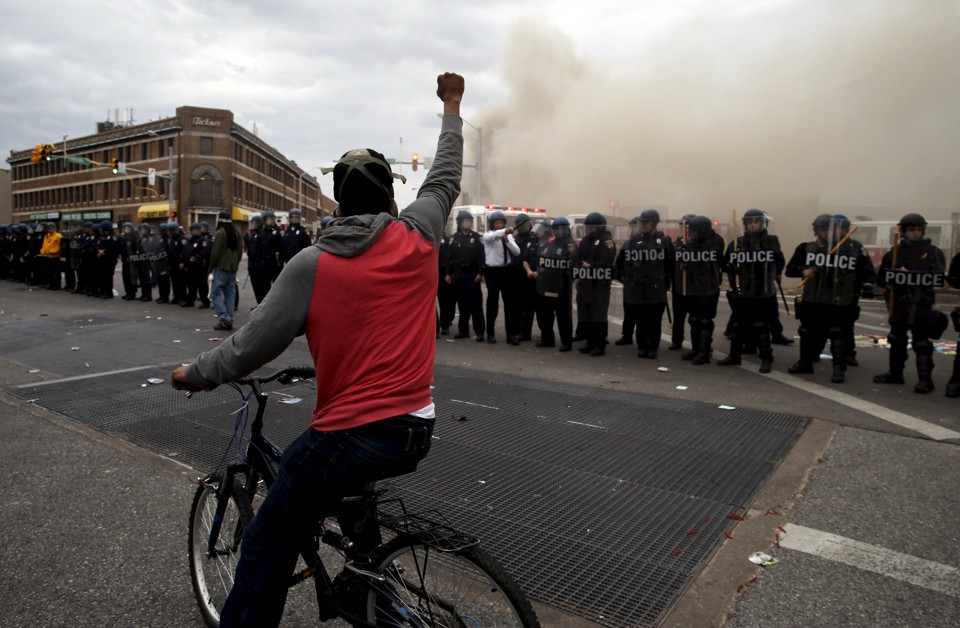
.jpg) President Barack Obama went to India last week.
President Barack Obama went to India last week. 